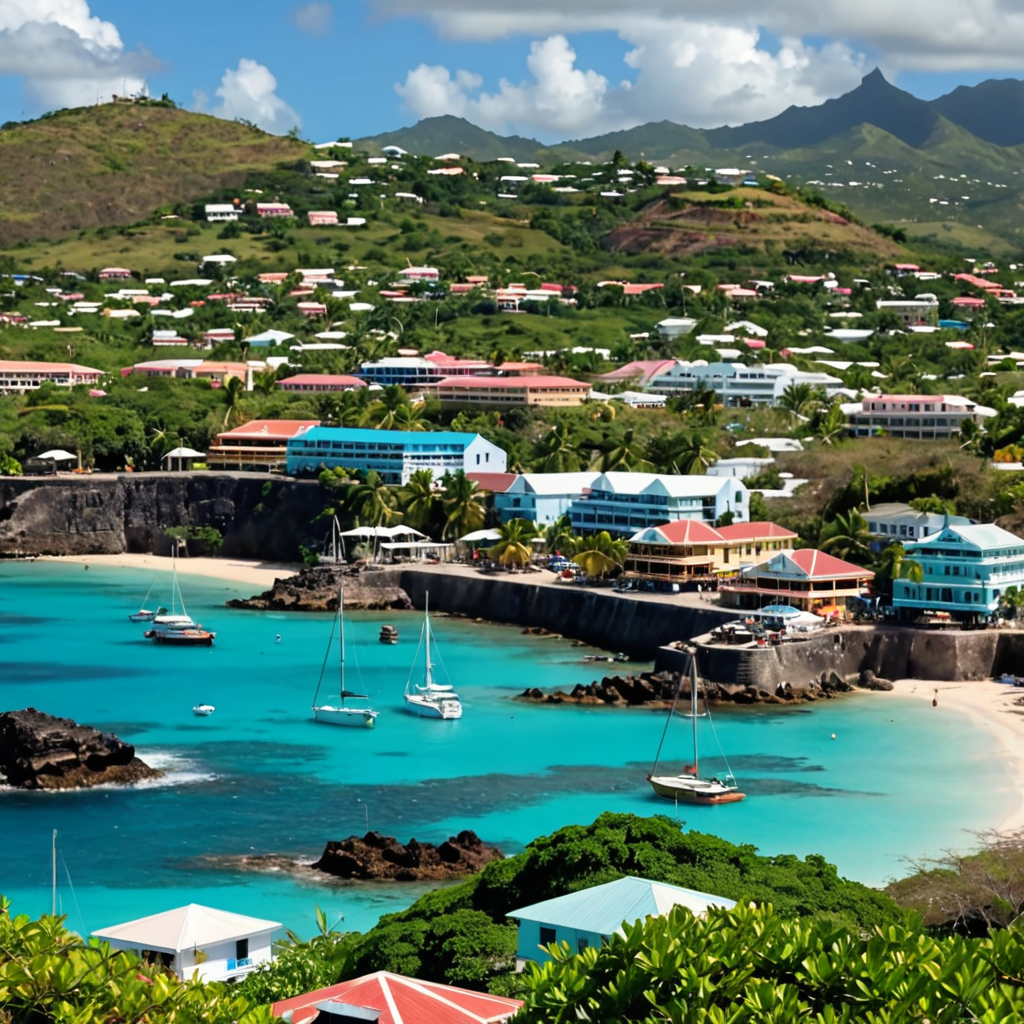1. Introduction: The Unique Ecosystems of the Bahamas
Nestled in the azure waters of the Atlantic Ocean, the Bahamas archipelago boasts a kaleidoscope of marine and terrestrial ecosystems that captivate nature enthusiasts and travelers alike. Spanning over 700 islands and cays, this tropical paradise is a haven for diverse flora and fauna, showcasing the wonders of the natural world.
2. Marine Biodiversity: A Symphony of Life Under the Sea
The Bahamas is renowned for its extraordinary marine biodiversity, supporting a vibrant array of over 5,000 species of fish, invertebrates, and marine mammals. The archipelago's crystal-clear waters provide an ideal habitat for myriad colorful coral reefs, teeming with an abundance of marine life. From schools of shimmering silverfish to majestic sea turtles and playful dolphins, the underwater world of the Bahamas is a symphony of life.
3. Exploring the Coral Reefs: Thriving Gardens of the Ocean
The coral reefs of the Bahamas are a testament to the archipelago's pristine marine environment. These underwater gardens are bustling with life, providing shelter and sustenance to countless species. Divers and snorkelers can marvel at the intricate beauty of these coral formations, teeming with a kaleidoscope of tropical fish, sea anemones, and invertebrates. The coral reefs of the Bahamas are a thriving ecosystem, showcasing the delicate balance of nature.
4. Encountering Sea Turtles: Graceful Navigators of the Deep
The Bahamas is a sanctuary for sea turtles, with numerous species making their home in the archipelago's warm waters. Graceful and majestic creatures, sea turtles are a symbol of marine conservation efforts. Visitors can witness these ancient mariners nesting on pristine beaches, observing the awe-inspiring journey of life's beginnings. Encounters with sea turtles in the Bahamas provide a glimpse into the interconnectedness of the ocean and the importance of protecting these gentle giants.
5. Dolphins and Whales: Intelligent and Majestic Encounters
The Bahamas is also home to a variety of dolphin and whale species, offering unforgettable encounters for nature lovers. Dolphins, with their playful and curious nature, delight visitors with their acrobatic displays. Humpback whales, majestic creatures of the deep, pass through the waters of the Bahamas during their annual migration, offering a awe-inspiring spectacle. These encounters provide a unique opportunity to learn about the intelligence and grace of these marine mammals.
6. Avian Delights: Discovering the Endemic Birds of the Bahamas
The Bahamas is a birder's paradise, boasting a diverse array of both resident and migratory species. The archipelago's unique habitats support over 150 species of birds, including several endemic species found nowhere else on Earth. From the vibrant Bahama parrot to the elusive Bahama pintail, birdwatching enthusiasts will find an avian adventure in every corner of the Bahamas.
7. Terrestrial Flora: Adaptations and Endemism on Land
While marine ecosystems dominate the Bahamian landscape, the archipelago also boasts a variety of terrestrial habitats. From lush forests to arid scrublands, the Bahamas is home to a rich diversity of plant life. Many of the plant species found in the Bahamas have adapted to the unique environmental conditions of the islands, showcasing remarkable resilience and endemism.
8. National Parks and Protected Areas: Conservation and Exploration
The Bahamas is committed to conserving its natural heritage, establishing numerous national parks and protected areas throughout the archipelago. These protected areas safeguard vital habitats, ensuring the survival of the Bahamas' unique flora and fauna. From the remote Exuma Cays Land and Sea Park to the vibrant Inagua National Park, visitors can immerse themselves in the unspoiled beauty of the Bahamian wilderness.
9. Climate Change and Environmental Impacts: Threats to Paradise
The Bahamas, like many coastal destinations, faces the challenges of climate change and environmental impacts. Rising sea levels, ocean acidification, and increased storm activity threaten the delicate ecosystems and biodiversity of the archipelago. The Bahamas is actively working to mitigate these impacts, implementing sustainable practices and promoting environmental awareness.
10. Responsible Tourism: Preserving the Beauty for Generations to Come
As the tourism industry grows in the Bahamas, responsible tourism practices are crucial to preserving the archipelago's natural beauty for generations to come. Visitors are encouraged to support local businesses, minimize their environmental impact, and respect the delicate ecosystems they encounter. By embracing responsible tourism, travelers can help ensure the Bahamas remains a thriving haven for flora and fauna.
FAQ
What is the best time to visit the Bahamas for wildlife viewing?
The best time to visit the Bahamas for wildlife viewing is during the winter months (November to April), when migratory species are present and the seas are calmer.
Can I swim with dolphins in the Bahamas?
Yes, several tour operators in the Bahamas offer opportunities to swim with dolphins. These encounters are closely regulated to ensure the welfare of the dolphins and minimize any disturbance.
Where can I find the endemic Bahama parrot?
The Bahama parrot is found on several islands in the Bahamas, including Abaco, Andros, and New Providence. Visitors can spot these vibrant birds in national parks and protected areas.


